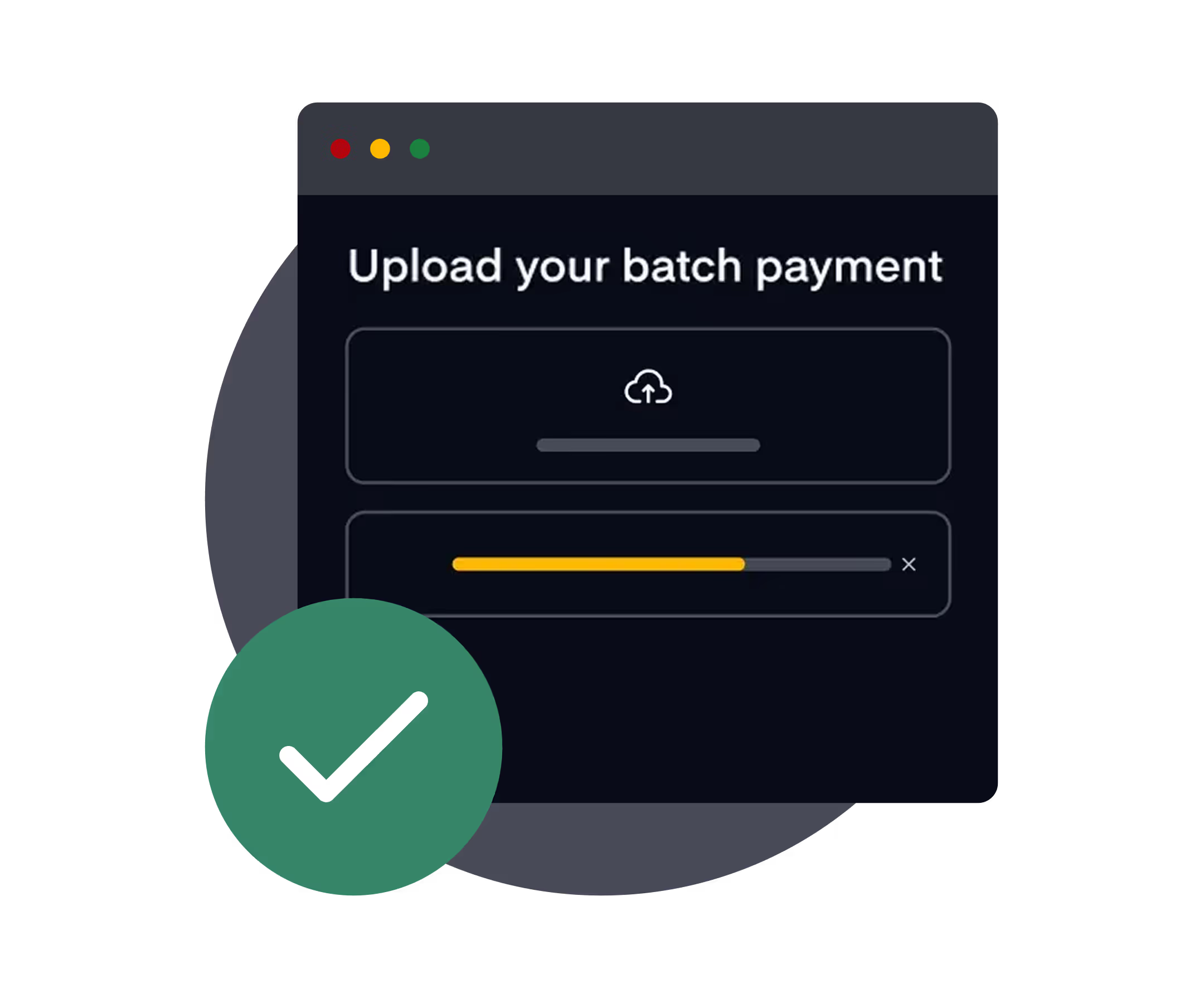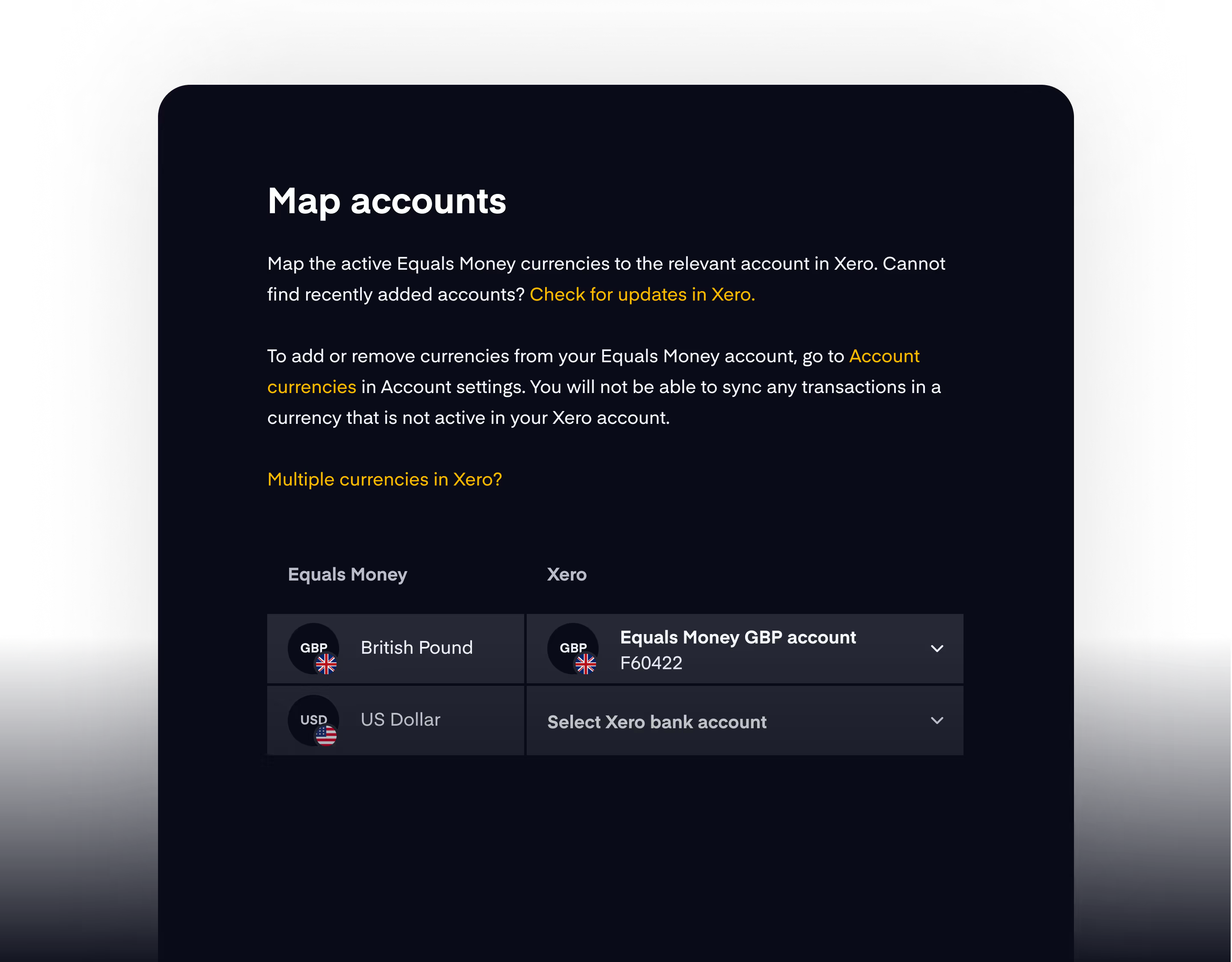DKK
The Danish krone (DKK) may come from one of Europe’s smaller nations, but it plays an important role in the global economy and foreign exchange (FX) markets. Renowned for its stability and backed by Denmark’s robust economy and prudent fiscal policies, the DKK is a trusted currency for international trade and investment.
While Denmark is a member of the European Union, it has famously opted out of adopting the euro, instead maintaining the krone and pegging it closely to the euro through the ERM II agreement. This unique position makes the DKK an attractive currency for traders and businesses alike, providing a reliable hedge in uncertain times.
For anyone asking what currency is used in Denmark today, the answer is Danish kroner — a symbol of economic independence and resilience that continues to hold significance on the global financial stage.
Yes, you can make purchases in DKK using an Equals Money card.
Equals Money cards support 21 global currencies (including DKK), allowing you to make local currency purchases in Denmark. However, your card balance must include the required amount in DKK.

.png)
Yes, you can receive payments in DKK using an Equals Money account.
Equals Money accounts are equipped with a multi-currency IBAN, allowing you to receive payments and manage funds in 38 global currencies (including DKK), without the need for currency conversion.

Yes, you can make payments in DKK using an Equals Money account.
Equals Money allows outbound wire payments in 61 global currencies (including DKK). Read more on how to make an online payment here.
If you're an existing payments customer and do not have access to an online account, please speak to your account manager or get in touch with our team.

Yes, you can make bulk payments in DKK using an Equals Money account.
Equals Money allows bulk (batch) payments in 35 global currencies (including DKK).

Historical context of the Danish krone
The Danish krone has a fascinating history that reflects Denmark’s commitment to economic stability.
Introduced in 1875, the krone replaced the Danish rigsdaler as part of Denmark’s entry into the Scandinavian Monetary Union (which also included Sweden and Norway).
The aim of the union was to create a stable and unified currency system agreed to a gold standard, with each Danish krone operating to fixed exchange rates being equal to a specific value or amount of gold, one Swedish krona (SEK), or Norwegian krone (NOK)(Norway's national currency also shares the name "krone"). Although the union dissolved in 1914, following World War I, Denmark retained the krone as its national currency.
After the union dissolved in 1914, Denmark continued with fixed exchange rates for decades, including various pegs to gold and later to other currencies like the British pound and the German mark. However, following global financial upheavals and the collapse of the Bretton Woods System in the early 1970s, Denmark allowed the DKK to float briefly before adopting a managed float within the European Monetary System.
Despite joining the European Union in 1973, Denmark secured an opt-out from adopting the euro through a referendum in 2000. Today, while technically a floating currency, the DKK is effectively pegged to the euro through the ERM II agreement, maintaining a narrow band that combines the benefits of stability with some flexibility to adjust monetary policy when needed. This careful balance has helped the Danish krone remain trusted and resilient European currency in the global FX market.
Currency symbol
The symbol for Danish kroner is “kr.”, an abbreviation of krone for “crown.” It’s typically written either before or after the amount, depending on context — for example, kr. 500 or 500 kr.
When writing for a global audience, international payments, or even a web interface, the kr symbol is often paired with the DKK code to ensure clarity and assurance for large money transfers or market analysis — for instance, DKK 500 kr.
ISO code
The official ISO currency code for the Danish krone is DKK.
This three-letter currency code is vital for international payments, cross-border banking, money transfers, and currency exchange. When you send or receive money to or from Denmark, the code DKK ensures the currency exchange is processed in the correct currency.
In forex markets, “DKK” appears in all major trading pairs involving the Danish krone.
Central bank
The Danish krone is issued and managed by Danmarks Nationalbank (Danish National Bank), the country’s independent central bank headquartered in Copenhagen (famous for its canals, statue of Hans Christian Andersen's Little Mermaid, Tivoli Gardens, and more).
Established in 1818, Danmarks Nationalbank is one of the oldest central banks in the world. Its main responsibilities include maintaining price stability, safeguarding the exchange rates policy linking the DKK closely to the euro, issuing krone banknotes and Danish coinage, and ensuring a secure and efficient payment system.
The central bank is also known for producing high-quality, secure banknotes featuring Danish bridges and significant cultural artifacts. By expertly managing the DKK, Danmarks Nationalbank plays a crucial role in keeping Denmark’s economy resilient and trusted by investors worldwide.
Currency subunit
Like many global currencies, the DKK is divided into smaller units. One krone equals 100 øre, the traditional subunit of Danish money.
Historically, coins in denominations like 1-, 2-, 5-, 10-, and 25-øre were common in daily transactions. However, due to inflation and changing spending habits, only the 50-øre coin remains in circulation today.
Prices in shops often still include øre to maintain precise pricing, but cash transactions are rounded to the nearest whole krone if necessary. Understanding the øre helps anyone visiting Denmark using travel money make sense of price tags, receipts, and small change when handling Danish kroner.
Denominations
Danish kroner is issued in a range of denominations that make everyday transactions convenient and flexible.
Banknotes come in kr. 50, kr. 100, kr. 200, kr. 500, and kr. 1000. Each note features detailed security features and beautifully designed imagery, often highlighting Danish architecture, bridges, or prehistoric artifacts.
Krone coins
Øre coins are available in denominations of 50 øre and krone coins are available in denominations of 1, 2, 5, 10, and 20 kroner.
The Royal Mint of Denmark is responsible for producing Denmark’s øre and krone coins, including designing, minting, and issuing the country’s circulating coinage. Its primary role is to ensure that Danish coins — such as the krone coins and øre denominations — meet the country’s needs for everyday cash transactions.
Historically, the Royal Mint of Denmark has also produced commemorative coins and medals and, at times, has produced coins for other countries. While Denmark’s central bank, Danmarks Nationalbank, manages monetary policy and issues the currency, the Royal Mint handles the physical production of the coins that circulate as Danish currency.
This practical range of denominations reflects Denmark’s blend of tradition and modernity, supporting both cash-based and digital payments seamlessly.
Official name and common nicknames
The official name for DKK is the Danish krone, with the plural form “kroner.” In Danish, “krone” means “crown,” reflecting the currency’s historic ties to Denmark’s monarchy.
Locally, people simply refer to it as krone or kroner in everyday speech. Informal nicknames are rare, but you might occasionally hear the term “crown” used in English conversations when talking about the currency.
Unlike the US dollar’s “buck” or “greenback,” the krone’s name stays fairly formal, a nod to Denmark’s reserved, practical approach to its national money.
Common DKK forex trading pairs
In the global forex market and in currency exchange, Danish kroner is traded most commonly against major currencies.
The EUR/DKK pair (euro/ Danish krone) is especially significant because the DKK is pegged closely to the European currency (euro) through Denmark’s participation in the European Exchange Rate Mechanism (ERM II). This peg ensures the DKK stays within a narrow band against the euro, making EUR/DKK one of the most stable forex pairs.
Other popular pairs include USD/DKK (US dollar/ Danish krone) and GBP/DKK (British pound sterling/ Danish krone), used by traders who want to hedge against market volatility or take advantage of small fluctuations between the Danish krone and other major currencies.
















